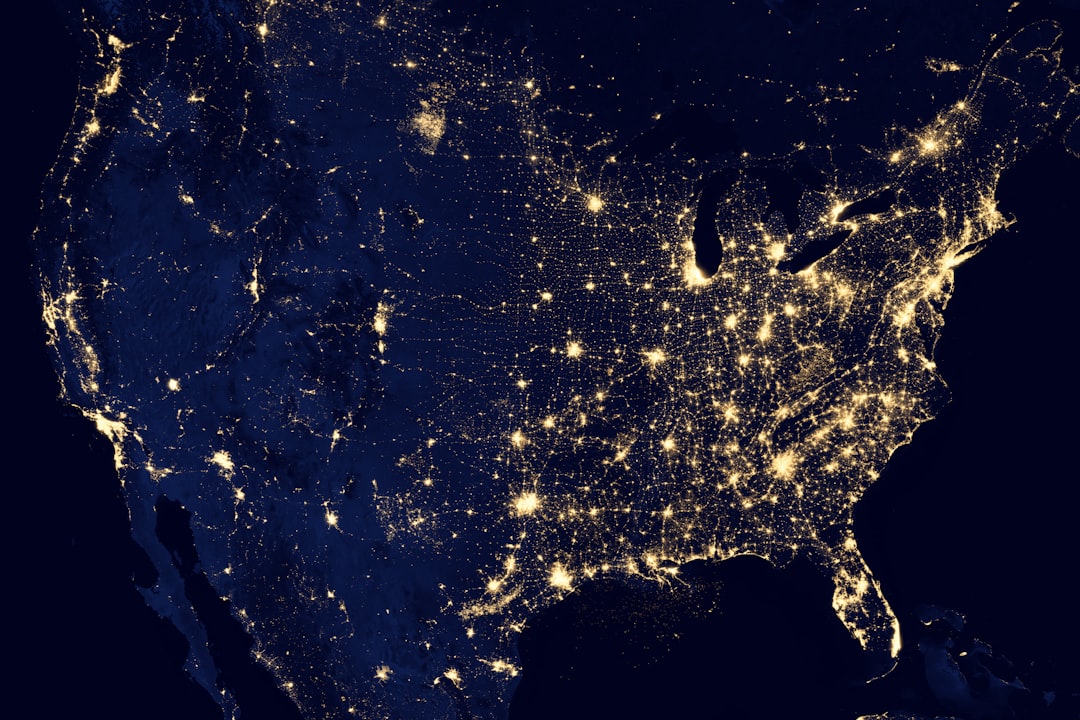The AI Gold Rush: Are We Mining or Just Selling Shovels?
Tracing parallels between the California Gold Rush and the AI boom, this article explores whether we're solving new problems or simply perfecting the art of selling digital shovels.
On a crisp January morning in 1848, James W. Marshall's discovery of gold at Sutter's Mill ignited a frenzy that would reshape a nation. Within seven years, thousands of fortune-seekers had flocked to California, their eyes gleaming with dreams of striking it rich. Yet, the harsh reality was that most miners returned home empty-handed or worse off than when they arrived. By some estimates, fewer than 4% of miners made a profit from their endeavors.
Enter Sam Brannan, a man who saw beyond the glitter of gold to the true source of wealth: the needs of the prospectors themselves. Rather than joining the frenzied masses, Brannan cornered the market on mining supplies. His store became a goldmine in its own right, selling as much as $5,000 worth of goods per day - equivalent to about $155,000 in today's dollars. This shrewd business acumen catapulted Brannan to the status of California's first millionaire, embodying the timeless wisdom: "During a gold rush, sell shovels."
"During a gold rush, sell shovels."
Indeed, it was the shovel-sellers — the merchants, service providers, and innovators like Levi Strauss — who often emerged as the true winners of the California Gold Rush. They proved that sometimes, the surest path to riches isn't in chasing the gold itself, but in equipping and supporting those who do.
Fast forward to today, and we find ourselves in the midst of another gold rush – this time, for artificial intelligence. The pickaxes and pans of yesteryear have been replaced by APIs and cloud computing infrastructure, but the parallels are striking. Just as Brannan outfitted the 49ers, today's tech giants are positioning themselves as the indispensable outfitters of the AI age.
The scale of investment in this new AI frontier is staggering. Microsoft bet $13 billion on OpenAI, while Amazon and Google poured $4 billion and $2 billion respectively into Anthropic. These astronomical figures underscore the perceived potential of AI technologies. But as billions flow into AI infrastructure and development, a trillion-dollar question emerges: Are we unearthing new gold, or just perfecting our ability to dig?
The AI boom did start with the miners. Early in the Generative AI rush, companies like Jasper AI and Tome.ai captured imaginations and wallets alike. In October 2022, Jasper raised an impressive $125 million at a $1.5 billion valuation. Similarly, Tome, with its AI-powered presentation software, secured $43 million at a $300 million valuation while still pre-revenue. These 'miners' were at the forefront, showcasing AI's potential in transforming everyday tasks and workflows.
Given the focus and architecture of generative AI technology today... truly transformative changes won’t happen quickly and few—if any—will likely occur within the next 10 years.
Daron Acemoglu
But as with any gold rush, the landscape quickly evolved. Established tech giants caught up rapidly, absorbing innovative features into existing software ecosystems. Microsoft, leveraging its partnership with OpenAI, added CoPilot to PowerPoint, effectively mainstreaming AI-assisted presentation creation. Jasper's features were soon replicated in various platforms, while Tome, feeling the pressure, pivoted to focus on sales material creation.
Even promising startups like Perplexity, once touted as a potential Google contender, have shifted gears. It now finds itself dabbling in content creation and, ironically, positioning itself as yet another AI infrastructure provider.
This transition mirrors a common pattern in technological gold rushes. During the telecom bubble of the early 2000s, companies invested billions in fiber optic networks that lay dormant for years. Today, those once-derided "dark fiber" investments form the backbone of our internet infrastructure.
Making It Up in Volume: How the AI Infrastructure Boom Echoes the Telco Frenzy of the 90s
In March 1997, Gary Winnick, a former bond trader, launched a new startup called Global Crossing. Channeling the Field of Dreams mantra "Build it, and they will come," Winnick and his team set out to construct a telecommunications network to circle the globe.
In this modern AI rush, the shovel sellers - tech giants and well-funded infrastructure providers - are positioning themselves for long-term success. Their deep pockets will likely see them through the inevitable ups and downs. Meanwhile, smaller startups may not survive the long haul, but their innovations will help drive down costs and increase accessibility for the next wave of AI "miners" - the application developers who will turn raw AI capability into practical, world-changing tools.



